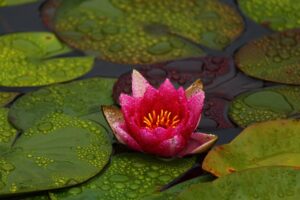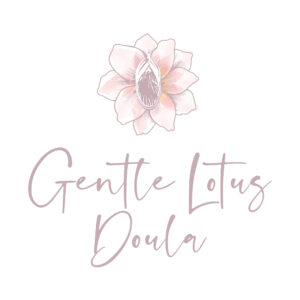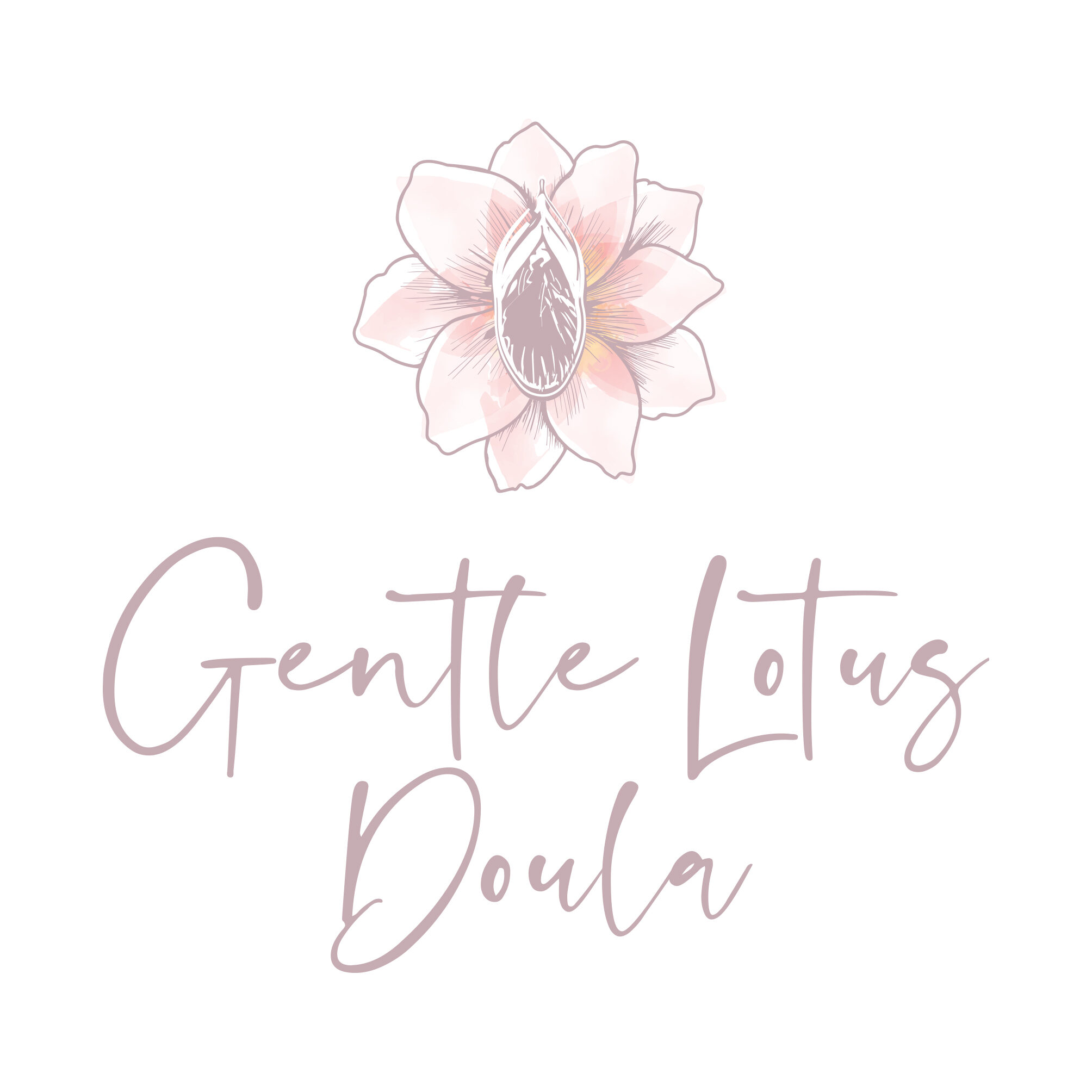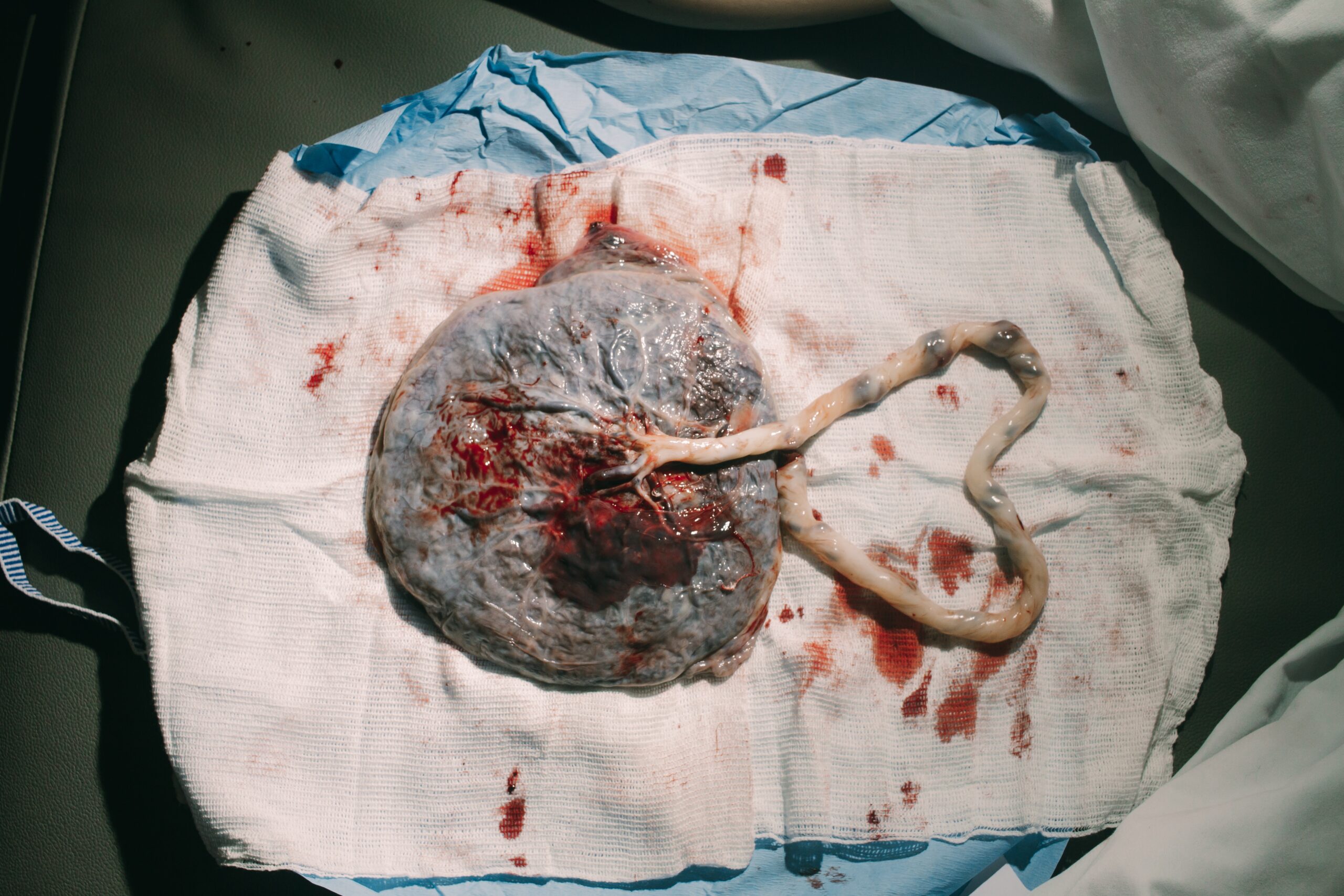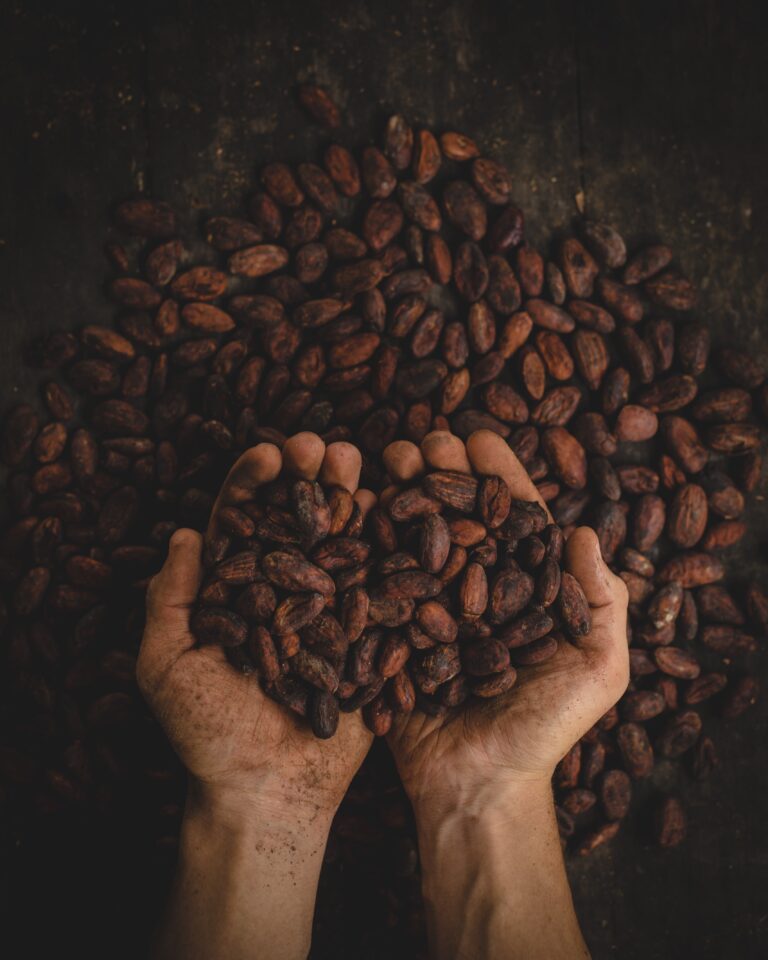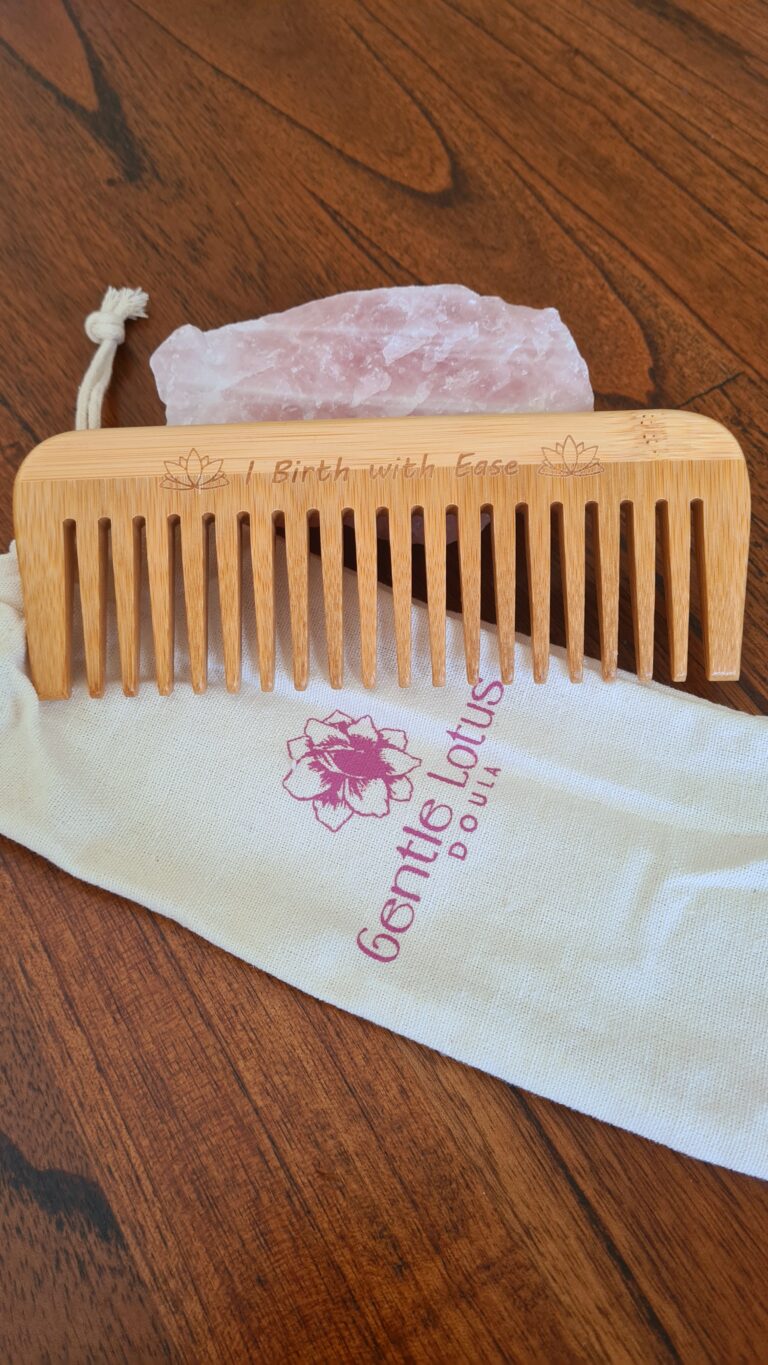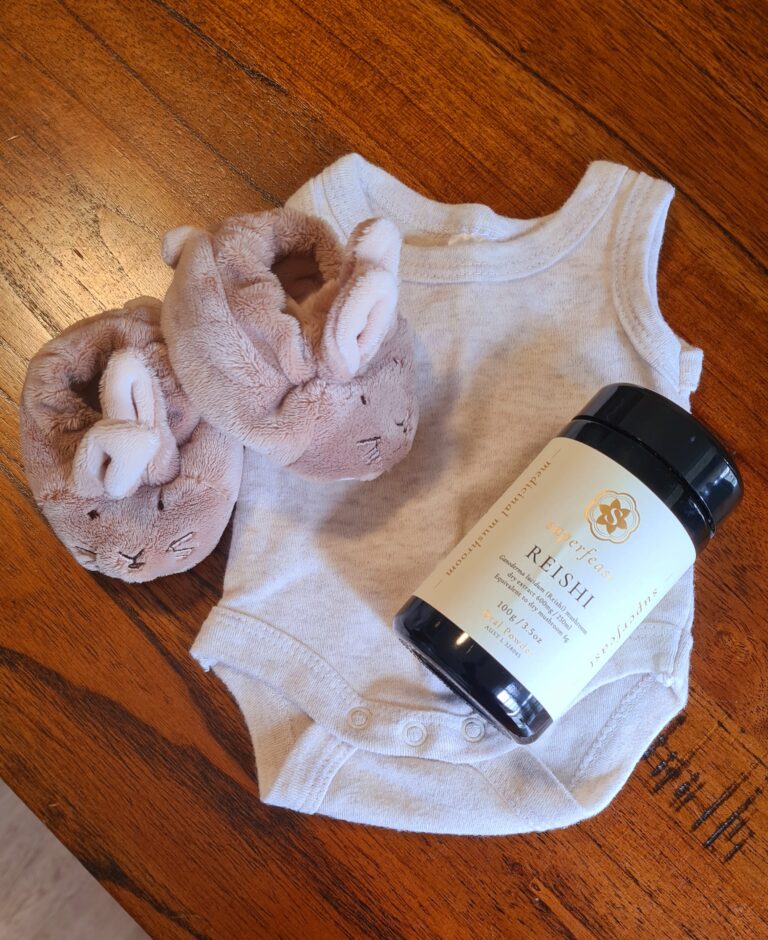Placenta- The Force of Life
The placenta deserves a lot more credit than it receives here in Western cultures, it is literally a force of life. Doulas, midwives and women around the world almost worship the placenta and treat it with the respect it deserves, unlike here where it is often discarded as medical waste.
The placenta is the only temporary organ in the human body, how cool is that! Once you have birthed your baby the placenta is no longer needed but that is no reason to just throw it in the waste bin, it has worked hard over the last 9 (give or take) months, and we should honour that. The placenta has nourished your baby until it was time to come Earthside and for this we should be ever grateful.
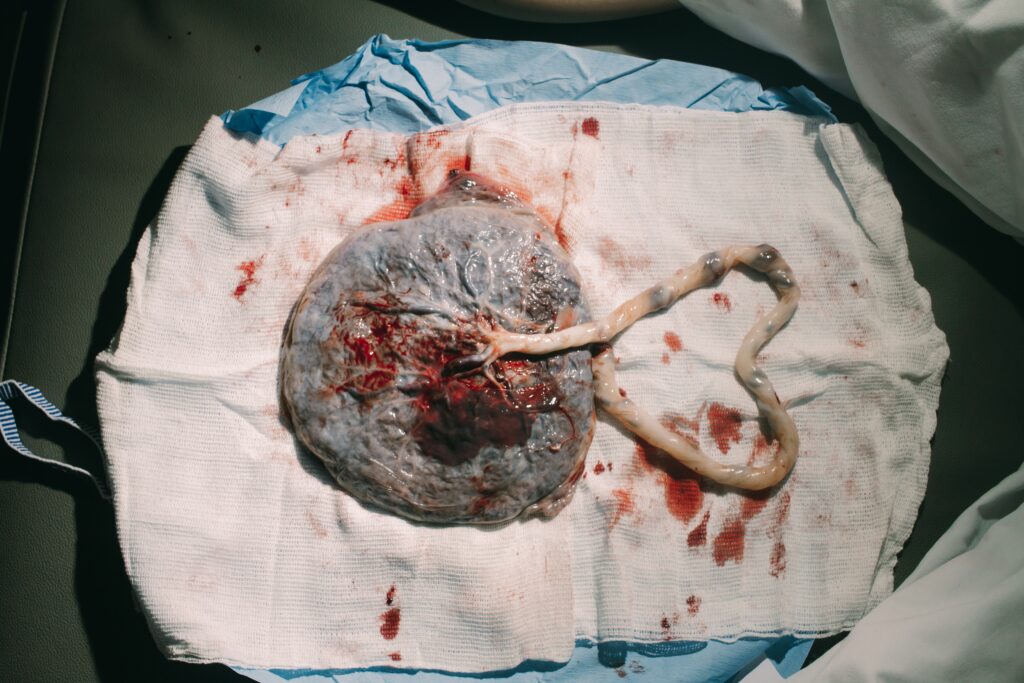
How and when does the placenta form you ask? Let’s start at the beginning…. You make love and the sperm and the egg meet in the fallopian tube. Here the sperm fertilises the egg and they travel to the uterus for implanting. Once the fertilised egg implants into the uterine wall, the placenta begins to form. This could be as early as 6 days after fertilisation. Upon implantation the cells divide, some cells develop into your baby and other cells form the placenta. Cells from the placenta burrow deep into the uterine lining and the placenta will continue to grow throughout the pregnancy to accommodate your growing baby. Uterine arteries and veins belonging to the mother pass through a layer of tissue and transport blood to and from an open area within the placenta. On the opposite side of the placenta we have the umbilical cord fanning out into many many branches where cells are ‘pushing in’ to this open space to access nutrients and oxygen to carry back to the baby through the arteries and vein in the umbilical cord. The cells do not push entirely into the open space but they are close enough for nutrients and oxygen to transfer through diffusion. So, the mothers and baby’s blood does not actually come in to contact.

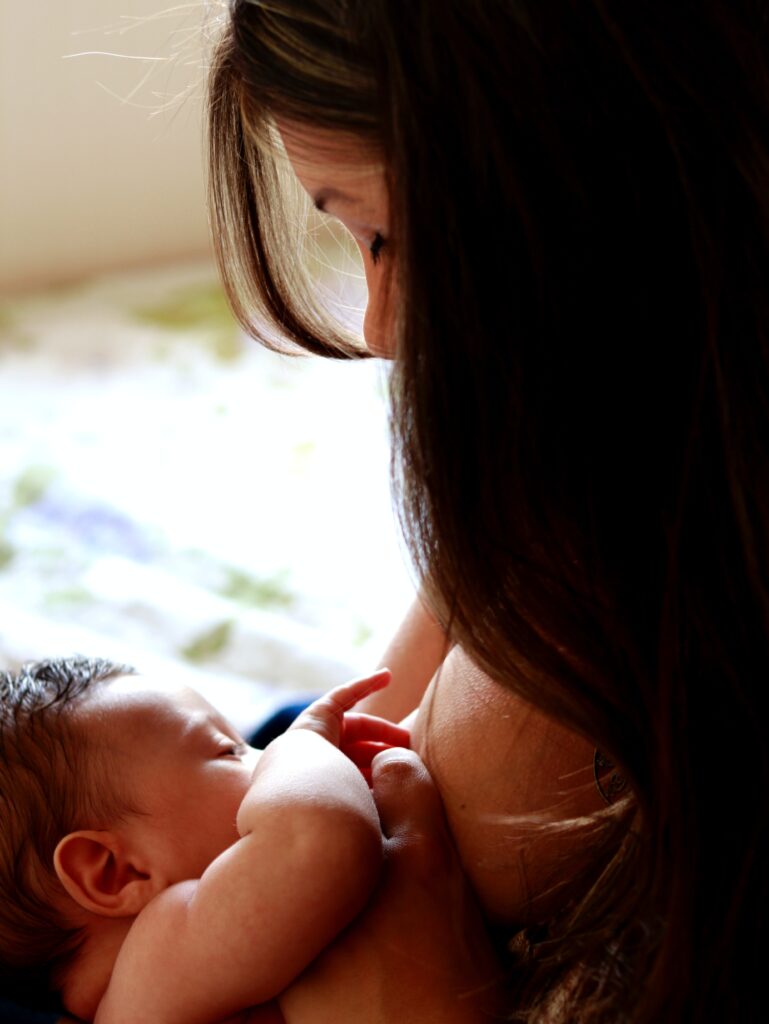
The placenta not only provides nutrients and oxygen to your baby but also removes waste and carbon dioxide to keep it happy and healthy while in utero. The placenta acts as your baby’s lungs, liver and kidneys until birth. All nutrients, water and waste product travel through the umbilical cord. Antibodies also pass through the umbilical cord to your baby to build an immunity for the outside world. The placenta protects your baby by filtering out harmful substances, although some substances can cross the placental barrier (eg: alcohol). The placenta also produces a lot of hormones that are beneficial to the mother and baby during pregnancy. For example, progesterone and estrogen together, are secreted in earlier pregnancy to supress milk production but in later pregnancy estrogen levels rise to prepare the mother for breastfeeding. Human placental lactogen (hPL) is also produced by the placenta and aids in providing nutrients to the baby as well as preparing the mother for breastfeeding by stimulating milk glands.
In the animal world, the placenta (or also known as the afterbirth) is often eaten by the mother. This is not so commonplace in the human world, although it is starting to become more popular amongst new mothers. Placentophagy- the consumption of the placenta &/or amniotic fluid- is mostly done through encapsulation of the placenta (where the placenta is dehydrated, turned into powder and placed into capsules for consumption) but some women choose to cook their placentas and some eat it raw by simply adding it to their smoothies.
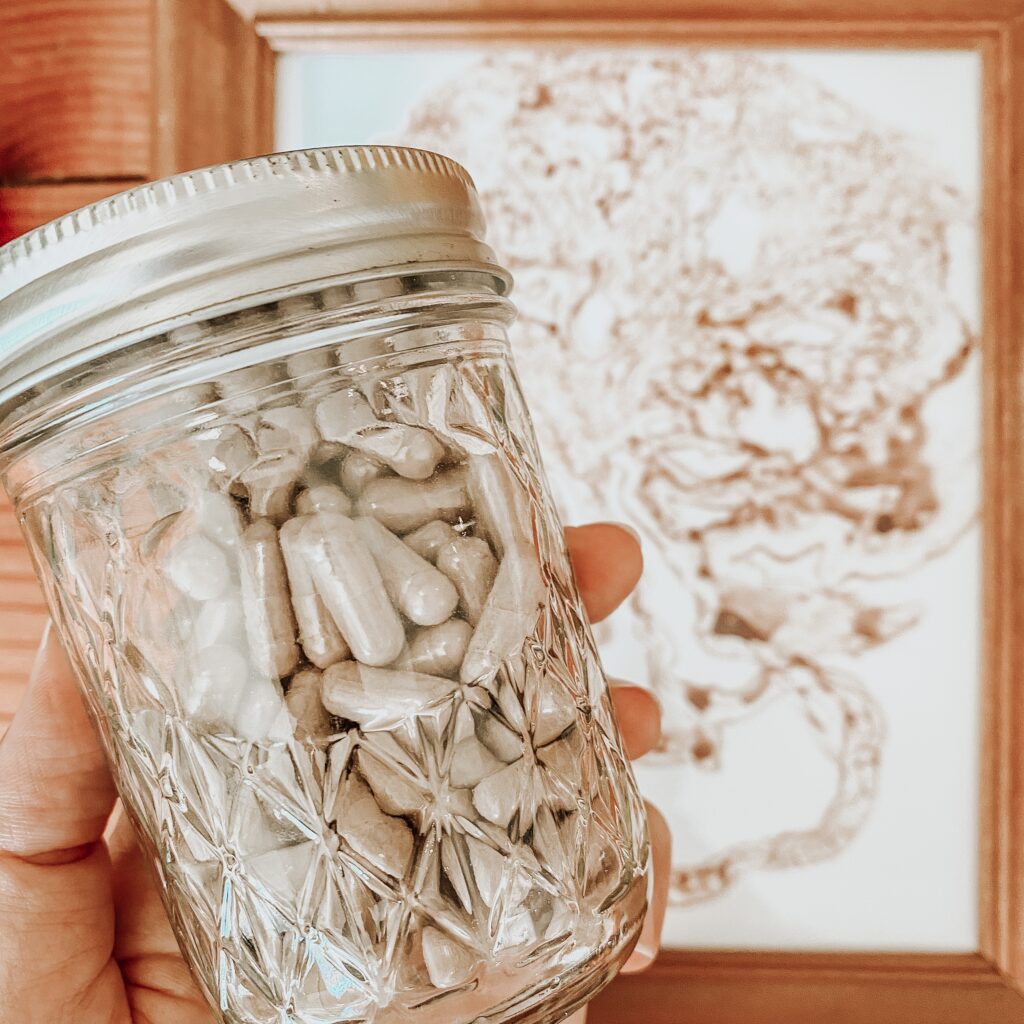
For those who do not wish to consume their placenta but want to honour it some way may choose to bury their placenta and plant a tree with it.
Another less common practise in Australia is to have a lotus birth, this is where the placenta stays attached to the baby for a period of time until it naturally separates itself from the baby. It is often wrapped in a cloth with salts and herbs and flowers and stored in a bowl beside the baby until it detaches and then later buried.
Placenta art is a beautiful way to honour your placenta and can be done before encapsulation.
There are a number of ways to honour your placenta. You could even get creative and make your own ritual!
